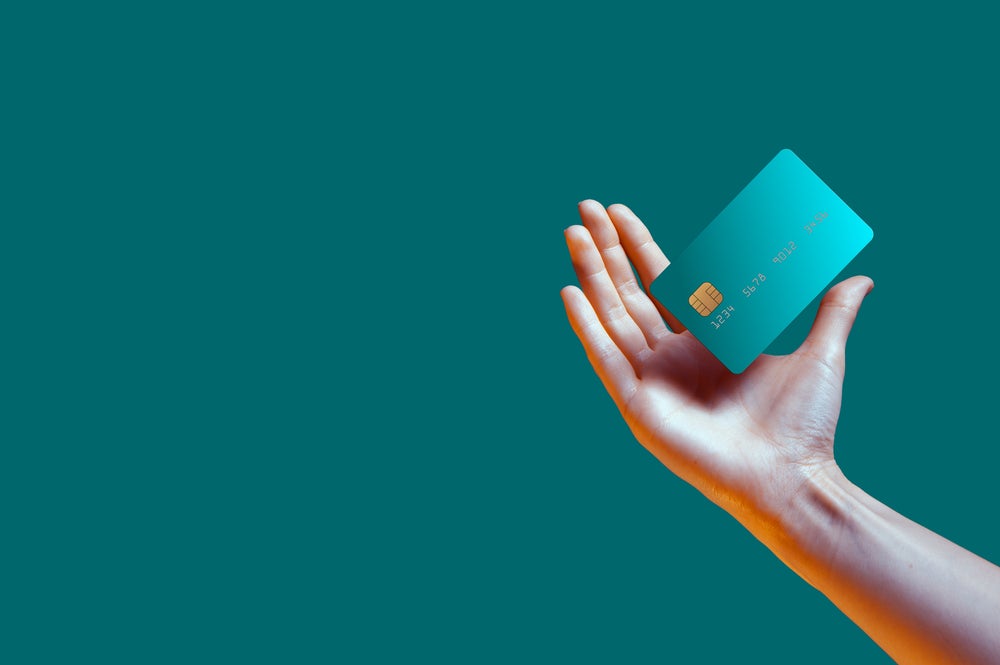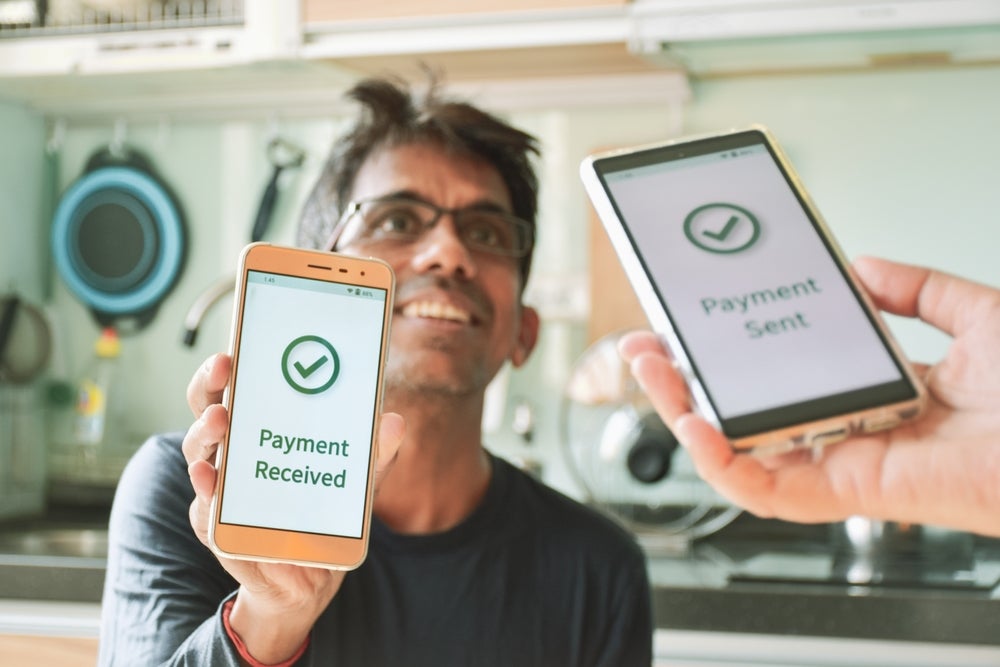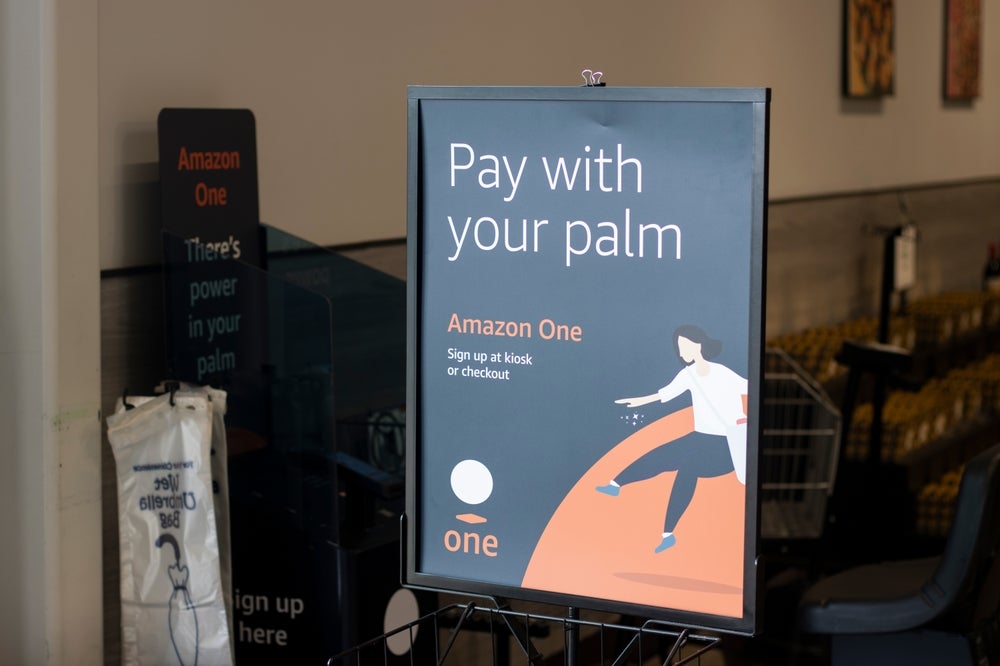They took their time about it but once the US finally shifted to chip, banks, merchants and consumers are the winners. Douglas Blakey writes
On the first anniversary of the liability shift, 88% of MasterCard consumer credit cards have chips, a year-on-year increase of 105%.
For merchants, MasterCard reports two million chip-active merchants – one third of all US merchants – a whopping 468% increase since October 2015.
Of the two million chip-active merchant locations, 1.3 million are regional and local merchant locations, representing a 159% increase since October 1, 2015.
For consumers, MasterCard reports that 90% of Americans frequently use chip cards, a 38 percentage point increase year-over-year.
MasterCard is fully entitled to claim that the figures represent ‘significant progress’.
How well do you really know your competitors?
Access the most comprehensive Company Profiles on the market, powered by GlobalData. Save hours of research. Gain competitive edge.

Thank you!
Your download email will arrive shortly
Not ready to buy yet? Download a free sample
We are confident about the unique quality of our Company Profiles. However, we want you to make the most beneficial decision for your business, so we offer a free sample that you can download by submitting the below form
By GlobalDataAs an extra little nudge to US retailers yet to adopt chip, it can flag up, again, the security angle.
MasterCard fraud data shows a 54% decrease in counterfeit fraud costs at US retailers who have completed or are close to completing EMV adoption, when comparing April 2016 to April 2015; counterfeit fraud costs increased by 77% year-over-year among large US merchants who have not yet migrated or have just begun the migration to chip.
And while we are at it, there is positive news from the UK, this time courtesy of research from Visa.
Banks are the most trusted institution in the provision of biometric authentication for payment services with Britons twice as likely to trust banks as government agencies to store their biometric information (60% versus 33%).
Asked who is best placed to offer biometrics authentication to confirm identity, 85% of Britons said bank, ahead of payment networks (81%), global online brands (70%), and mobile telcos companies (64%).
Just two years ago, 65% of Britons said that banks were most trusted when the inaugural Visa Biometric Payments study was conducted.
Fingerprint authentication (88%) is considered the most secure form of payment, ahead of iris-scanning (83%) and facial recognition (65%).
The last snippet of positive news comes courtesy of the British Retail Consortium as CI goes to press: cash was used for less than half (47.15%) of all retail transactions across the UK in 2015, falling five percentage points on the previous year.
Almost 20% fewer transactions are made with cash than in 2011 according to the BRC. Cash displacement has of course been driven by retailers investing in new payments technology and by card issuers, with around 55% of cards currently in use now featuring contactless technology.
For the record, cash (47.15%) remains ahead of debit cards (38%), credit/charge cards (11%) and non-card payments (3.6%).
With a record quantity of cash in circulation, an all-time high of 70,000 ATMs in the UK and three million people in the UK who use cash for the majority of their transactions, there remains life in cash for the foreseeable.
In one sense, September does witness the beginning of the end of paper cash in the UK, with the launch of the polymer £5 note.
It is a seismic change; polymer £10 and £20 notes will follow.







